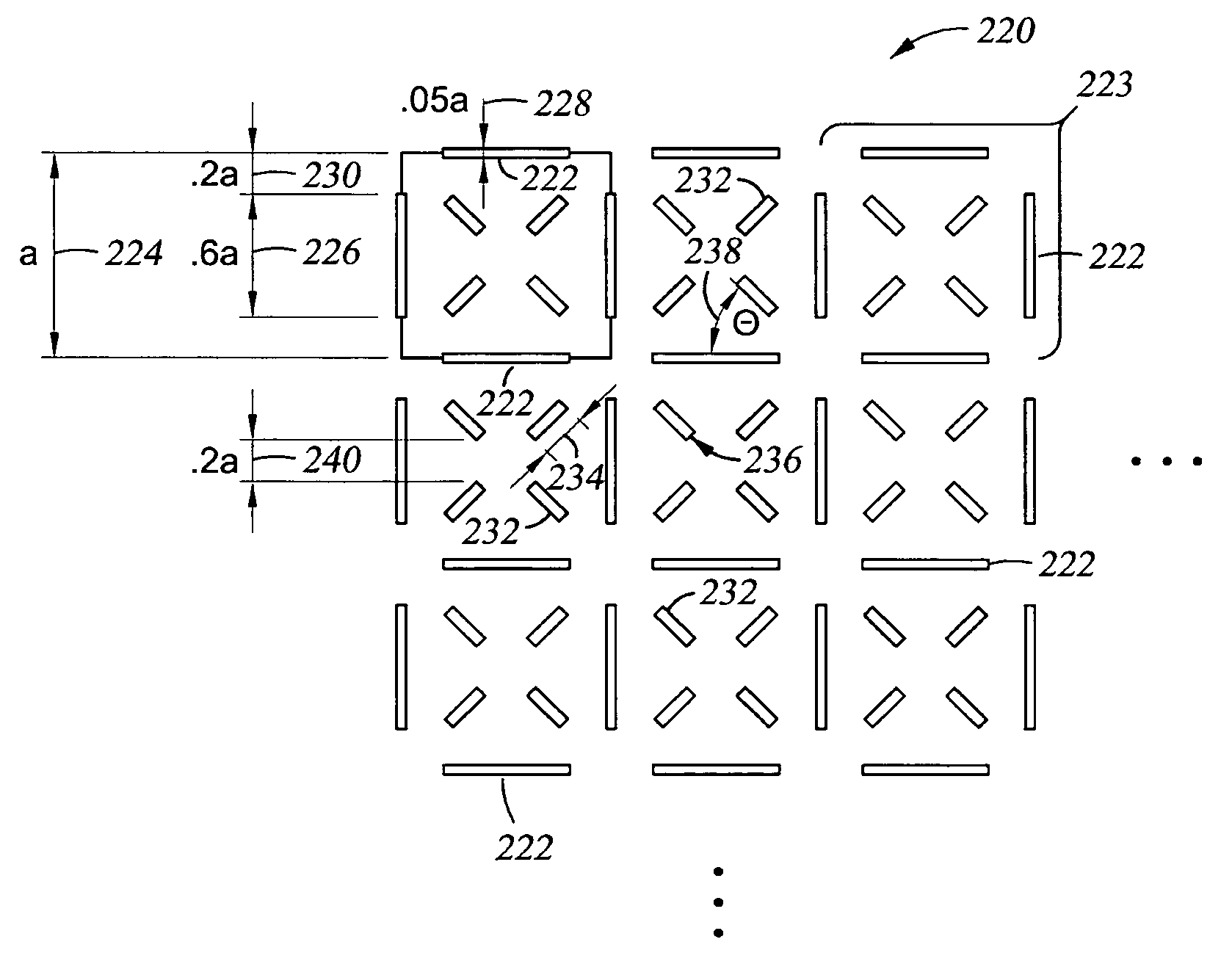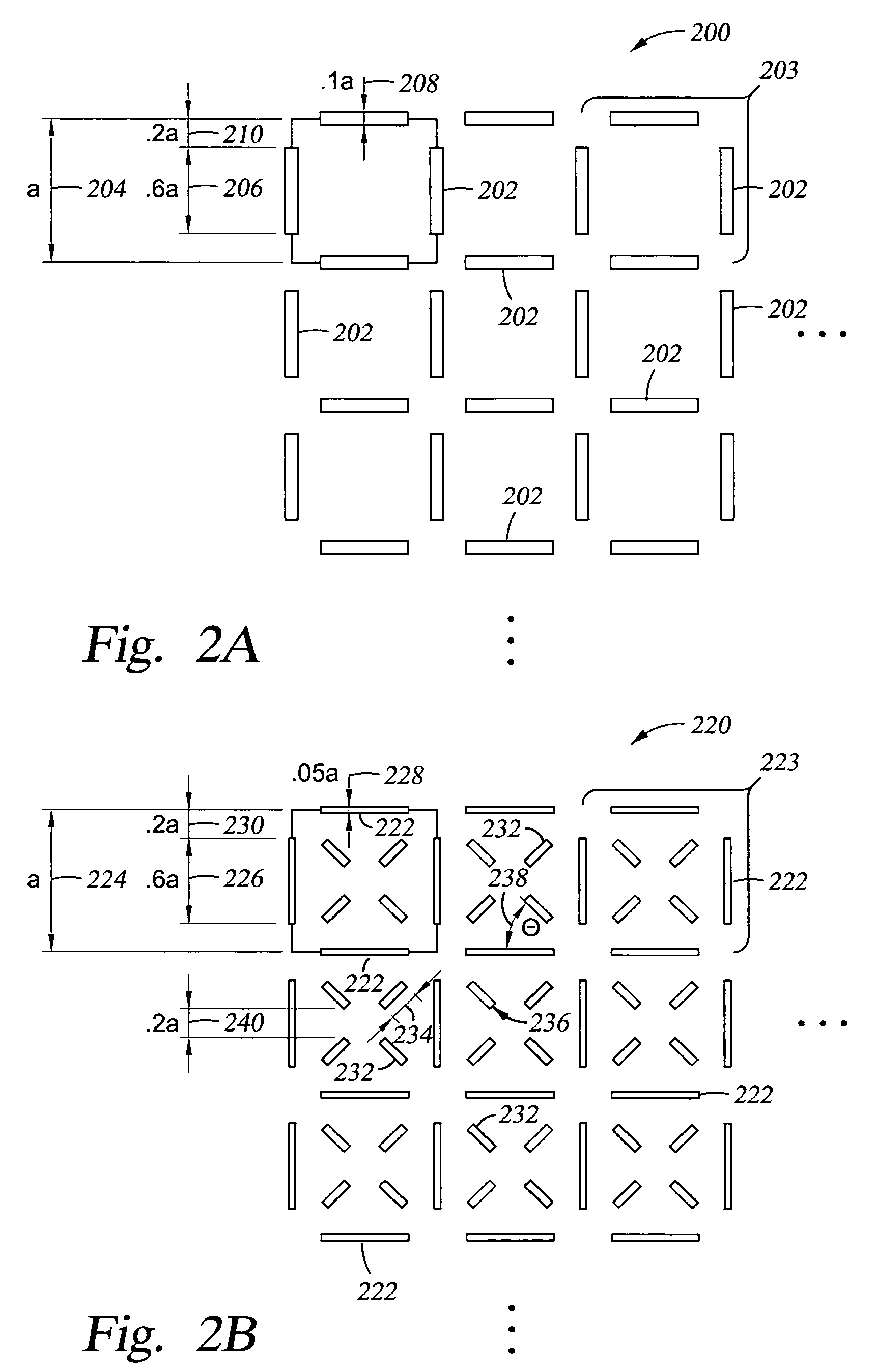Method and apparatus which enable high resolution particle beam profile measurement
a particle beam and profile technology, applied in the field of can solve the problems of grid drift, heat conduction along the bar, and additional complexity of measurement, and achieve the effects of reducing thermal effects, high-resolution particle beam profile measurement, and reducing thermal resistance away from the measurement poin
- Summary
- Abstract
- Description
- Claims
- Application Information
AI Technical Summary
Benefits of technology
Problems solved by technology
Method used
Image
Examples
Embodiment Construction
[0023]As a preface to the detailed description, it should be noted that, as used in this specification and the appended claims, the singular forms “a”, “an”, and “the” include plural referents, unless the context clearly dictates otherwise.
[0024]Use of the term “about” herein indicates that the named variable may vary to ±10%.
[0025]A substantial improvement in the measurement of a particle beam profile has been achieved using an improved metrology array over which the particle beam is scanned to obtain the beam profile. The point-spread function (PSF) of the a metrology array has been improved to provide better resolution of the particle beam profile. Although the embodiments described herein are with respect to an electron beam profile, one skilled in the art will see that the principles applied in the improvement of the metrology array are applicable to the improvement in measurement of beam profile with respect to any particle beam.
[0026]The metrology array has been improved by i...
PUM
 Login to View More
Login to View More Abstract
Description
Claims
Application Information
 Login to View More
Login to View More - R&D
- Intellectual Property
- Life Sciences
- Materials
- Tech Scout
- Unparalleled Data Quality
- Higher Quality Content
- 60% Fewer Hallucinations
Browse by: Latest US Patents, China's latest patents, Technical Efficacy Thesaurus, Application Domain, Technology Topic, Popular Technical Reports.
© 2025 PatSnap. All rights reserved.Legal|Privacy policy|Modern Slavery Act Transparency Statement|Sitemap|About US| Contact US: help@patsnap.com



